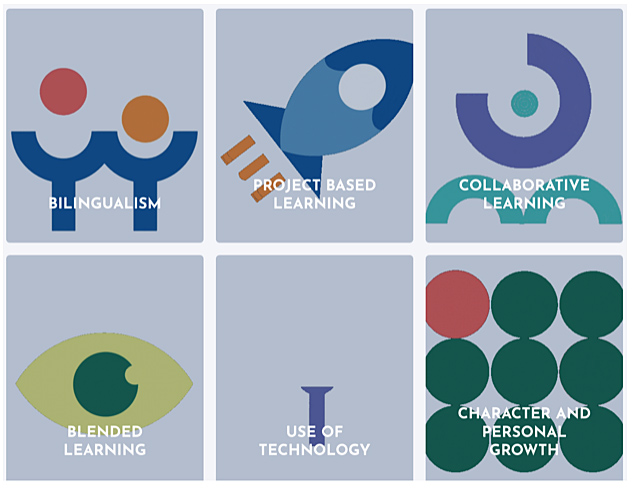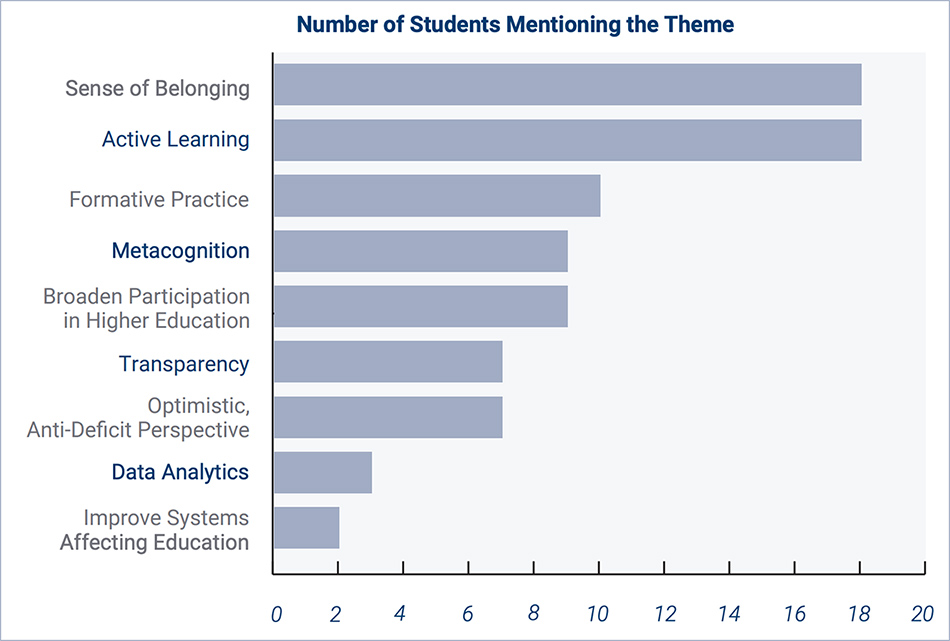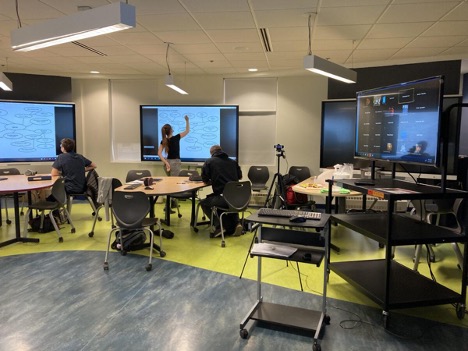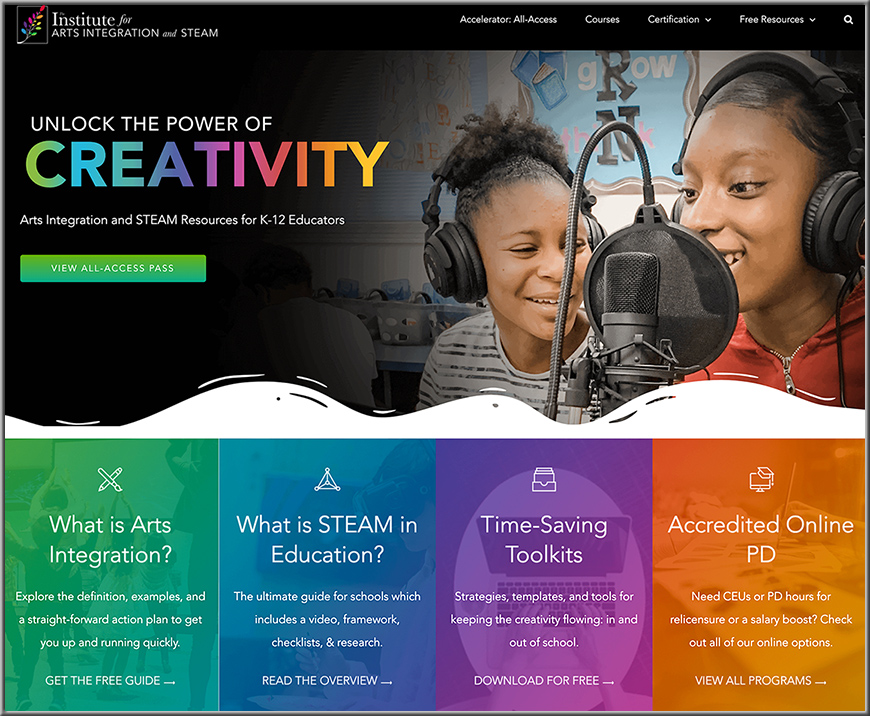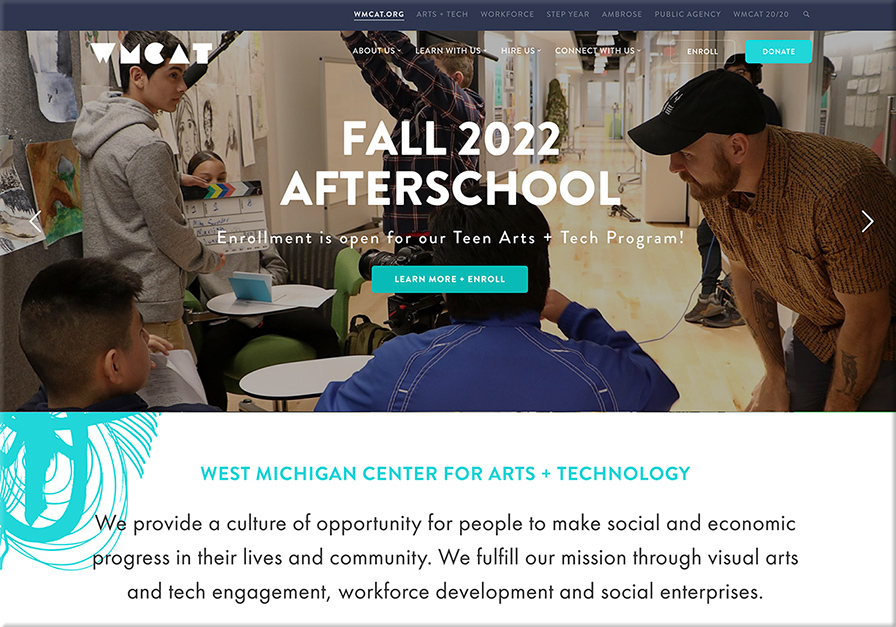Innova: A Revolution in Education? — from gettingsmart.com by Chris Terrill
Key Points
- Innova Schools is designed to rapidly cut through the vast inequities that exist and be a lever for change in Latin America.
- Innova has the potential to revolutionize education around the globe.
Excerpts (emphasis DSC):
The initial school start-up was funded by Carlos Rodriguez Pastor, a Peruvian businessman. He saw an opportunity to provide high-quality schools in areas where the government struggled to supply essential education services (Peru and Colombia consistently rank near the bottom on the global education survey). He enlisted the famed US design firm IDEO to develop a comprehensive program that would eventually be utilized in multiple countries.
From DSC:
Stop the presses. I love that idea of using IDEO to be involved here. It seems like that is a positive step towards implementing Design Thinking within our learning ecosystems.
In the original model, the founders designed a rigorous, engaging, personalized curriculum, with a heavy emphasis on Project-Based Learning. I wanted to know if and how that is actualized, and how that is enacted across multiple countries in schools thousands of miles apart.
Finally, IDEO’s work included a design for the physical structure of schools to be quickly and economically replicated at each location; how was that design working? The vision for Innova may be one of the most ambitious educational undertakings today. What lessons can I, as an individual educational leader, and we, as a global education community, learn from their work?
The Maker Space and the Gaming Lab demonstrate clearly how digital competency is a central element of their curriculum. I saw highly engaging lessons that were perfectly synced with classroom projects, pursuing a bigger goal of equipping Colombian students to fill the digital labor gap.









